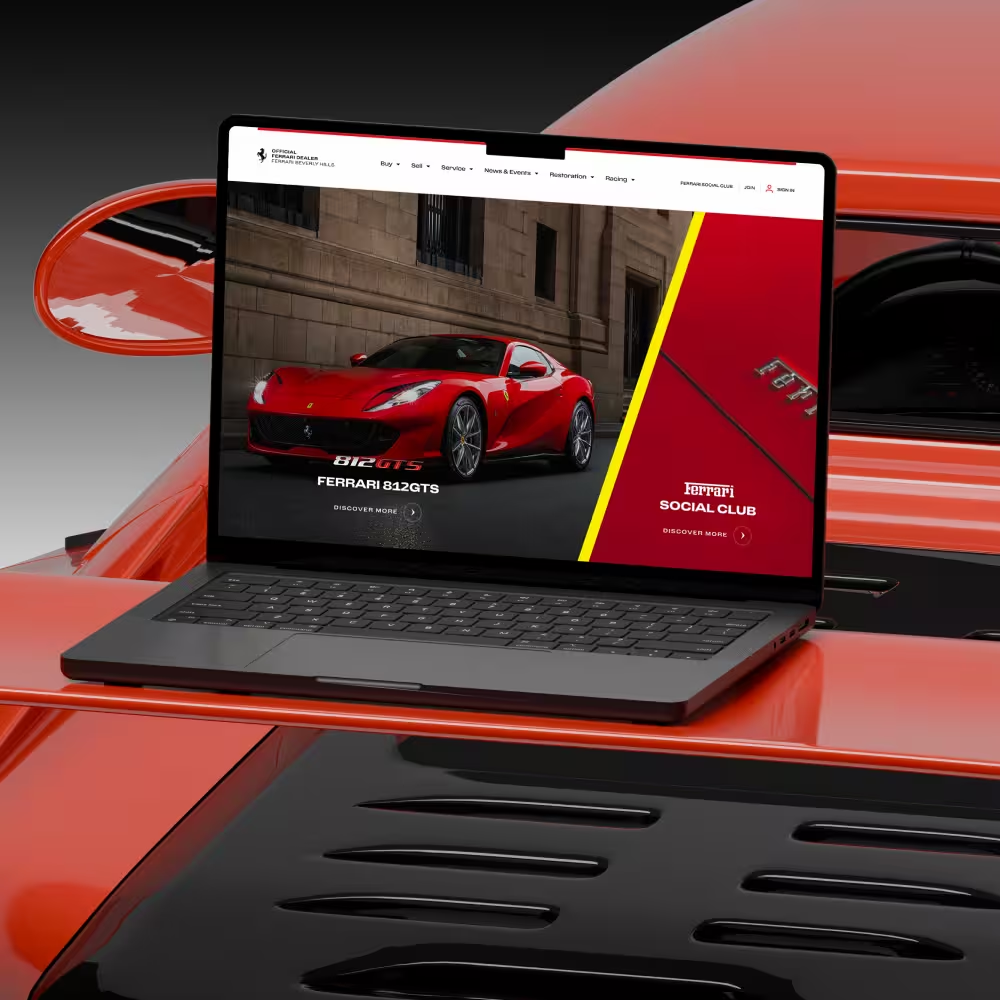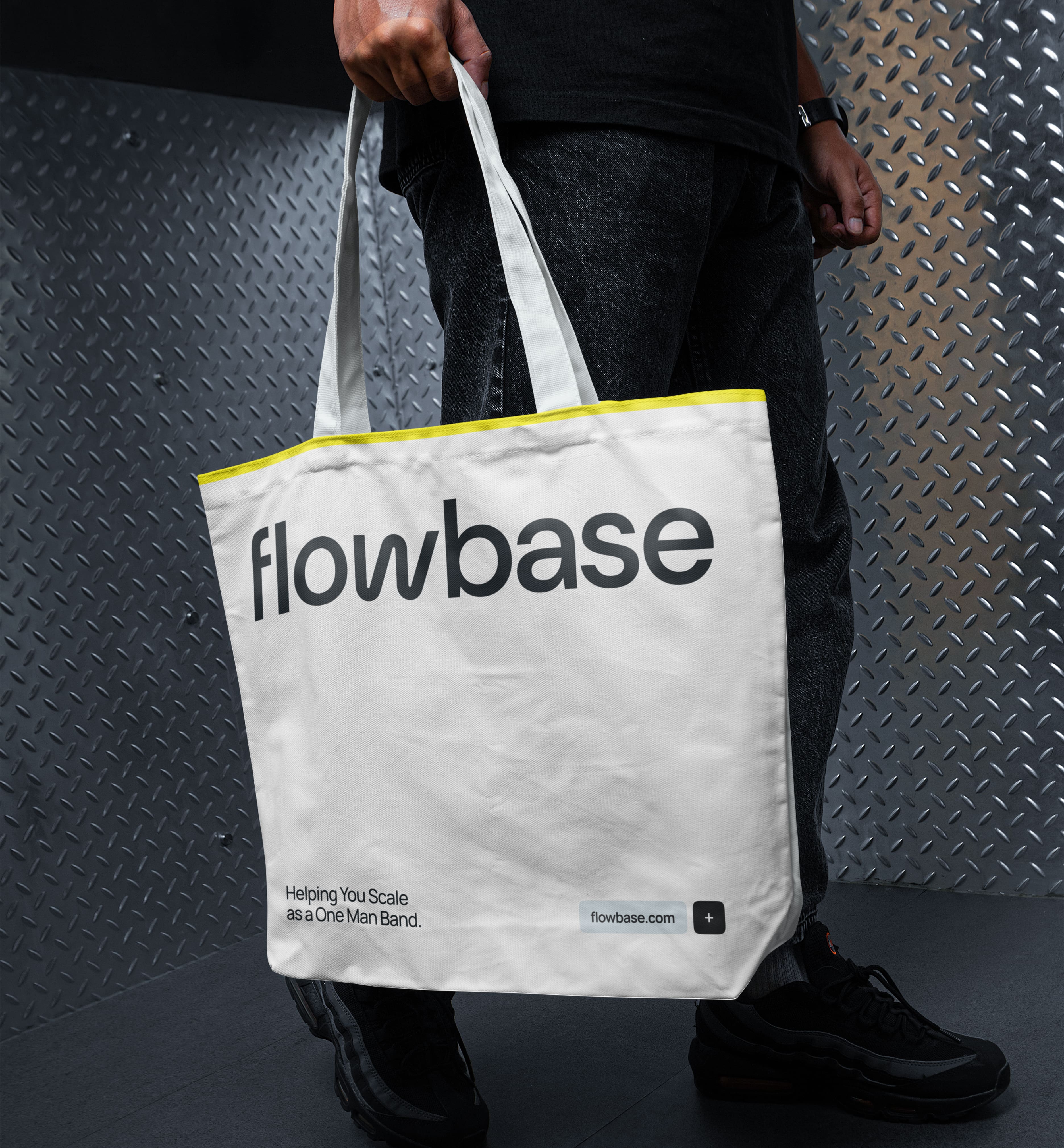For a long time, design was judged by how it looked. The shinier the logo, the bolder the colors, the smoother the animation - the better. But in today’s market, surface-level beauty is no longer enough. Brands that last, and products that scale, are not built on aesthetics alone. They are built on strategy.At AKEO, we believe strategy is the new aesthetic. Here’s why.
.jpg)
The limits of “pretty design”
A beautiful interface can impress in the first five seconds. But what happens after? If the brand story doesn’t resonate, or if the product fails to guide users toward their goals, the design quickly loses its value.We’ve seen countless examples where companies invest in a polished logo or a trendy website - only to find that it doesn’t move the business forward. Without alignment between design and strategy, aesthetics risk becoming decoration.
Design as a strategic tool
Great design is not just what people see - it’s how they experience your brand. It’s how easily they find answers on your website. It’s the confidence they feel when your product flow anticipates their next step. It’s the trust your brand identity builds when it reflects your real values.Strategy transforms design from an accessory into an engine. By starting with research, competitive positioning, and user needs, we ensure every creative decision works toward a clear goal. Typography, color, and layout don’t just “look good” - they communicate intent, drive action, and support long-term growth.
Backward from the goal
Our process begins with business objectives. Do you need to stand out in a crowded Web3 space? To reposition your product for a new audience? To build trust in a conservative market?
By working backward from those goals, design becomes a system of signals: how you present information, how you structure user journeys, and how you differentiate your brand. The result is design that works just as hard as your sales team - and often harder.
Where aesthetics still matter
This isn’t to say looks don’t count. A bold visual identity or seamless interface is still crucial. But the point is that aesthetics follow strategy. When guided by clear direction, visual design becomes not just attractive - but memorable, consistent, and persuasive.














































.jpg)




